The Great Wall of China
A Journey Through Time
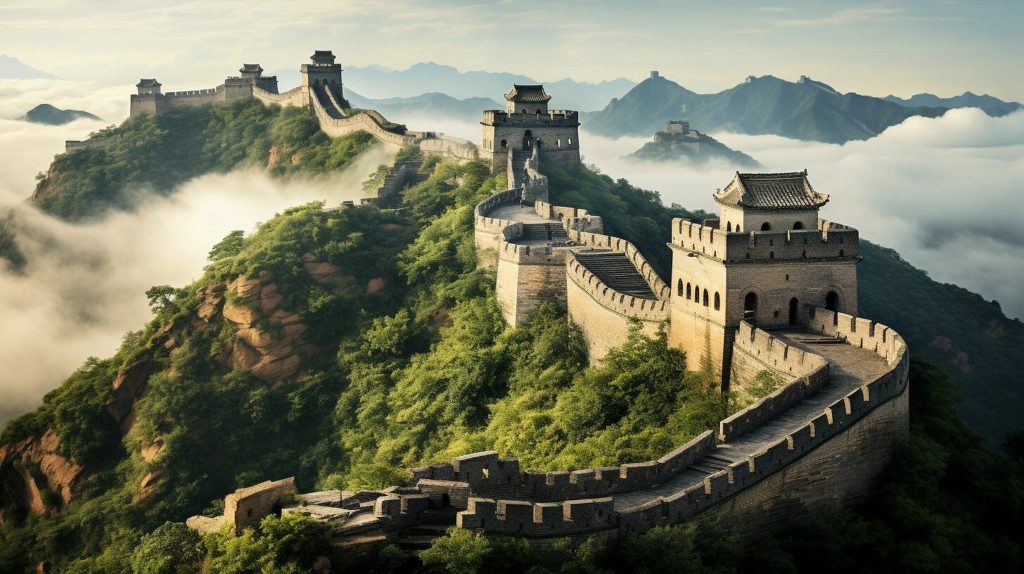
Few places on Earth capture the imagination like the Great Wall of China. Stretching over 6,700 kilometers, this world-famous landmark is more than just an architectural feat—it’s a testament to China’s endurance, ingenuity, and rich history. From its winding, watchtower-studded ridges to its breathtaking views of rolling mountains, the Great Wall is a must-see for every traveler visiting Beijing.
A Wall of Legends and Myths
The Great Wall’s origins trace back more than 2,000 years to China’s fragmented Warring States period (475–221 BC). Rival kingdoms built walls to protect their borders, but when Emperor Qin Shihuang unified China in 221 BC, he ordered these scattered fortifications to be connected—creating the earliest version of the Wall.
Over centuries, dynasties reinforced and expanded it. The Ming Dynasty (1368–1644) built the most iconic sections we see today, using bricks, stone fortifications, and strategic watchtowers to strengthen China’s defenses. But the Great Wall was never just about military protection—it also served as a border for trade, cultural exchange, and taxation, shaping China’s interactions with the outside world.
Separating Fact from Fiction: Can You Really See the Great Wall from Space?
One of the most enduring myths about the Great Wall is that it is the only man-made structure visible from space. While this claim has been repeated for decades, it’s not actually true.
– Why? The Great Wall is long but not very wide—averaging around 6 to 7 meters in width. That’s roughly the size of a highway, making it difficult to distinguish from orbit without aid.
– What astronauts say: While some sections may be faintly visible under perfect conditions, it’s no more visible than other large infrastructure like cities or roads.
Still, standing on the Wall feels like touching history—even if astronauts can’t spot you from space!
How Sticky Rice Helped Build an Empire
One of the most fascinating innovations used in the construction of the Great Wall was sticky rice mortar. During the Ming Dynasty, builders mixed glutinous rice with slaked lime, creating an incredibly strong and durable binding agent.
– Why sticky rice? The mixture helped waterproof the Wall, preventing erosion from rain and the elements.
– Still standing strong: Some walls built with this method have survived earthquakes and centuries of wear, proving the strength of ancient Chinese engineering.
Today, as you run your hands over the bricks of the Great Wall, you might just be touching history held together by rice!
Which Section of the Great Wall Should You Visit?
With multiple sections near Beijing, choosing the right one depends on what kind of experience you’re looking for. Here’s a breakdown from a traveler’s perspective:
– Why sticky rice? The mixture helped waterproof the Wall, preventing erosion from rain and the elements.
– Still standing strong: Some walls built with this method have survived earthquakes and centuries of wear, proving the strength of ancient Chinese engineering.
Today, as you run your hands over the bricks of the Great Wall, you might just be touching history held together by rice!
Which Section of the Great Wall Should You Visit?
With multiple sections near Beijing, choosing the right one depends on what kind of experience you’re looking for. Here’s a breakdown from a traveler’s perspective:
Section | Why Visit? | Best For |
Badaling | The most famous and most visited section, fully restored with easy access. | First-time visitors, families, those who prefer comfort over crowds. |
Mutianyu | Less crowded than Badaling, stunning scenery, and features a cable car and fun toboggan ride. | Best all-around experience—great for history, scenery, and accessibility. |
Juyongguan | Once a military stronghold, surrounded by a scenic valley. | Travelers looking for a quick but historically rich visit. |
Jinshanling | A mix of restored and wild Wall, offering breathtaking views and a fantastic hike. | Photographers and hikers seeking an authentic experience. |
Simatai | The only section open for night tours, featuring original Ming Dynasty architecture. | Adventure seekers and those looking for a unique Great Wall experience. |
Make Your Visit Unforgettable
To truly appreciate the Great Wall:
✔ Visit early in the morning to enjoy the peaceful atmosphere and best lighting for photos.
✔ Dress comfortably, with good walking shoes—some sections have steep, uneven steps.
✔ Consider a guided tour for deeper historical insights and seamless travel arrangements.
A journey to the Great Wall isn’t just about ticking off a bucket list destination—it’s about standing where generations of warriors, traders, and emperors once stood. Whether you’re gazing across the horizon from a watchtower or tracing your fingers over centuries-old stone, your visit will be a moment of awe, reflection, and connection to China’s incredible past.
Want to Experience the Great Wall?
Whether you prefer to explore independently or would like to join a guided tour, we’re here to make your travel planning smooth and easy. As fellow travel enthusiasts, we’re dedicated to curating exceptional experiences that let you truly immerse yourself in the places you visit. Let us help you create lasting memories at the Great Wall.
Reach out to us today, and we’ll respond within 24 hours to assist with your bookings and travel details. We can’t wait to make your Great Wall adventure as remarkable as the landmark itself!
Reach out here, and we’ll get back to you within 24 hours!
Featured Trips
China Travel Guide
Ready to start planning your next China adventure? Contact us today to start creating unforgettable memories.

enjoy your vacation


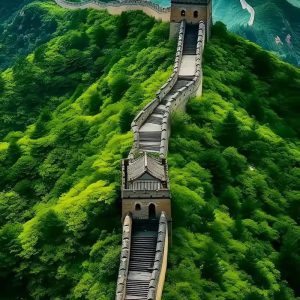

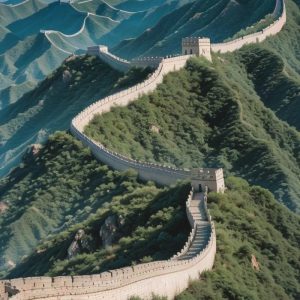


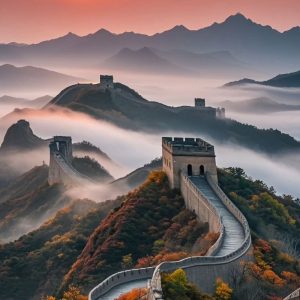

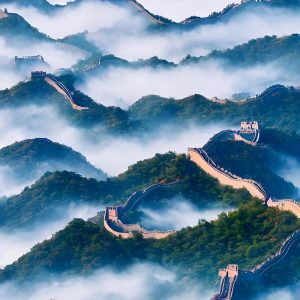


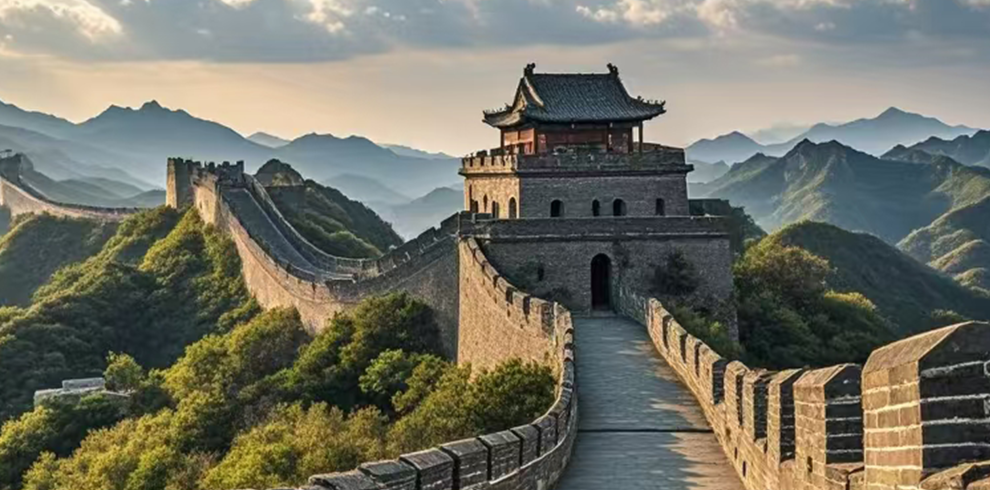
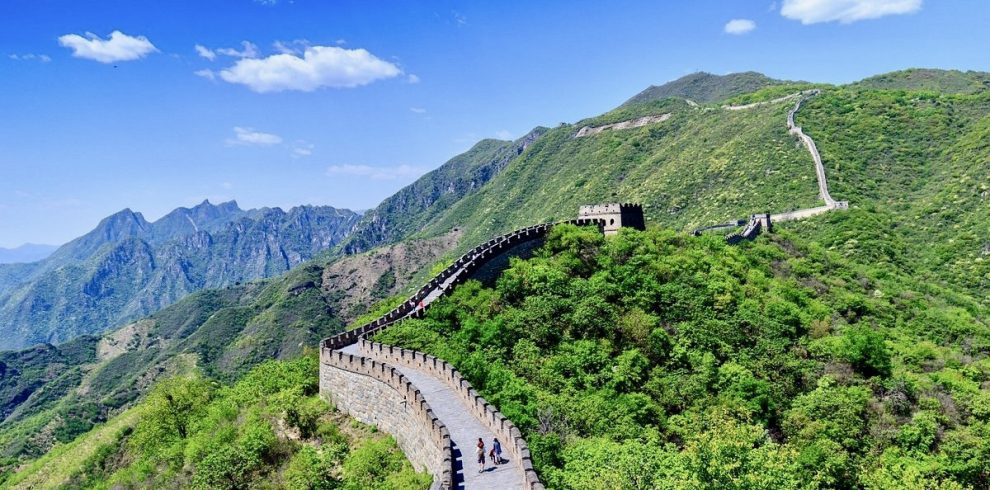

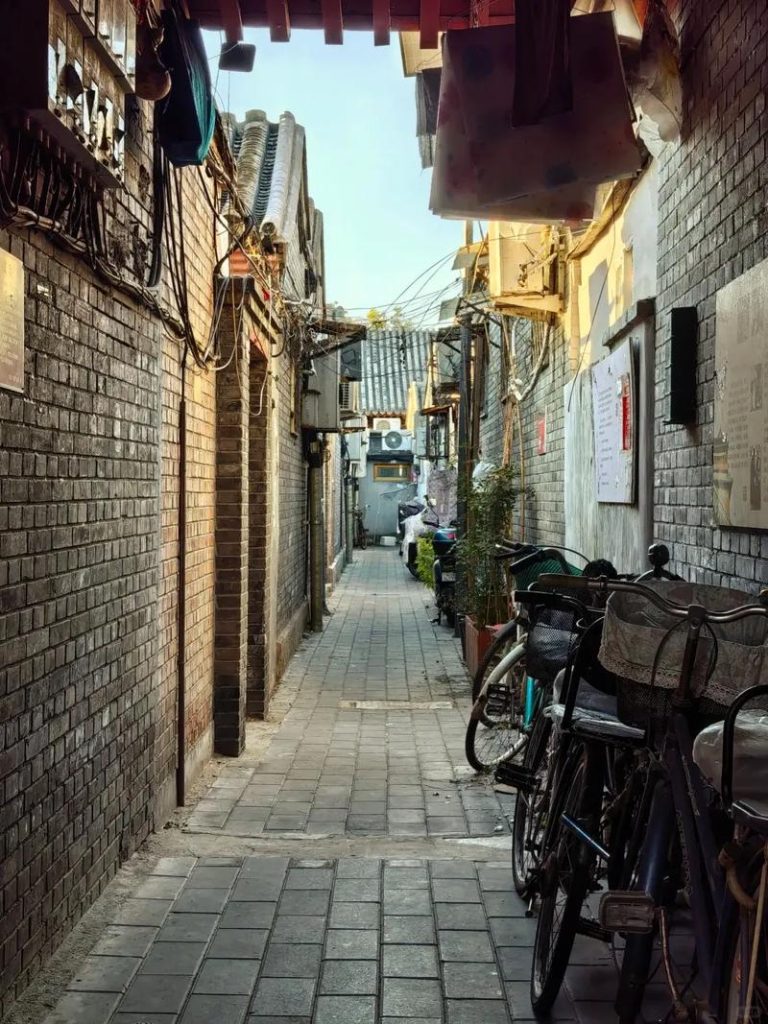
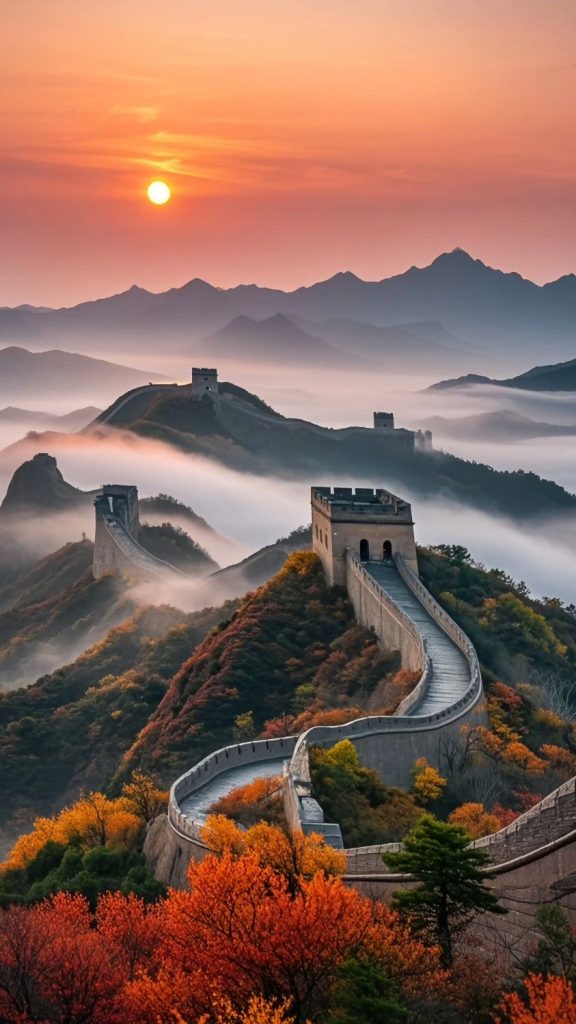
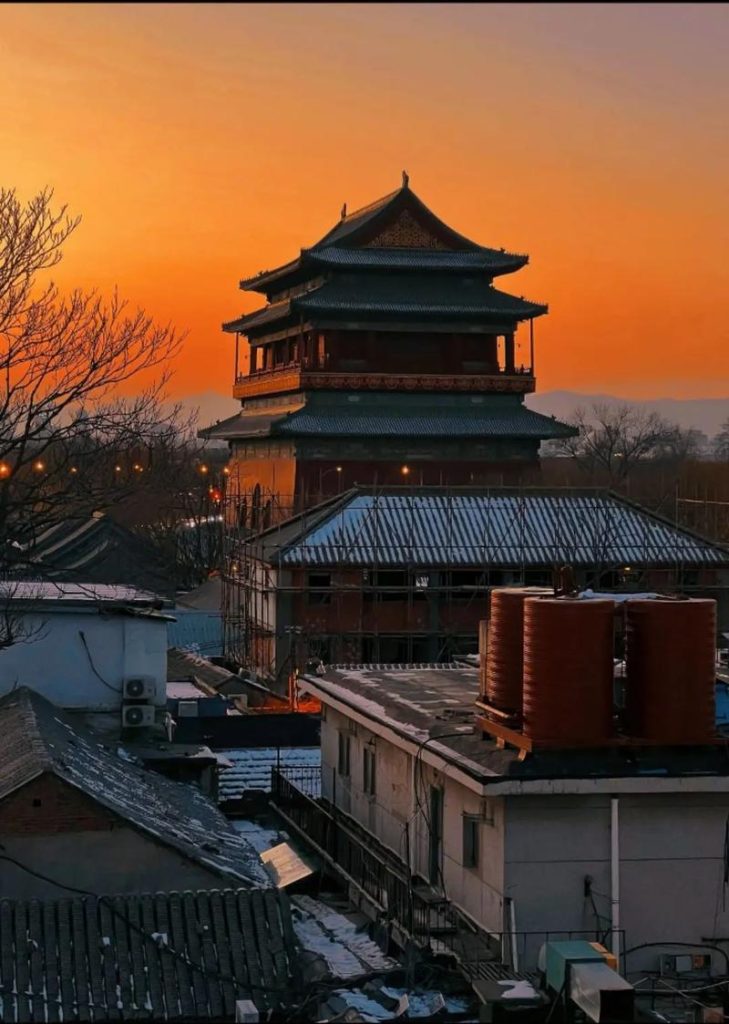
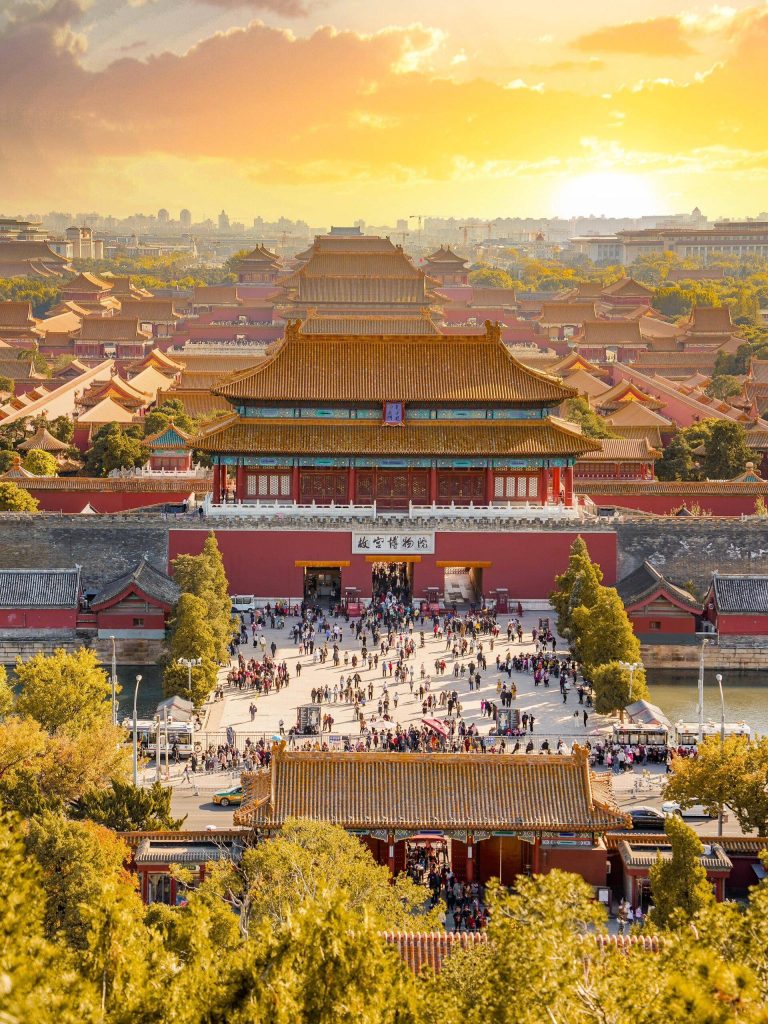


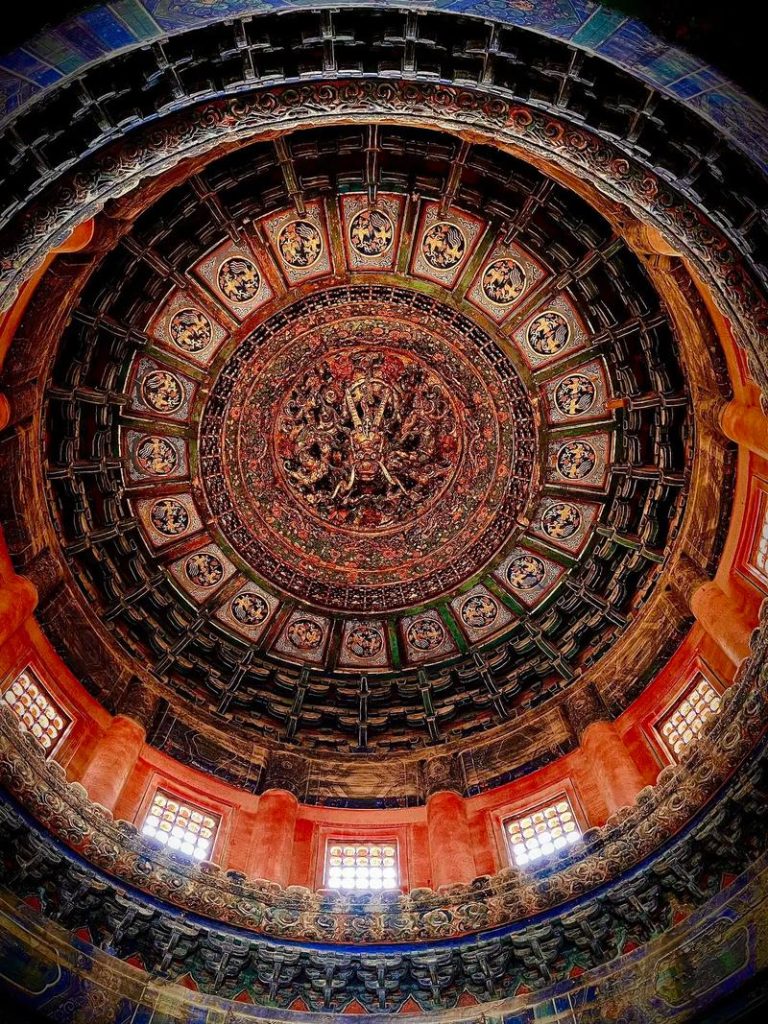
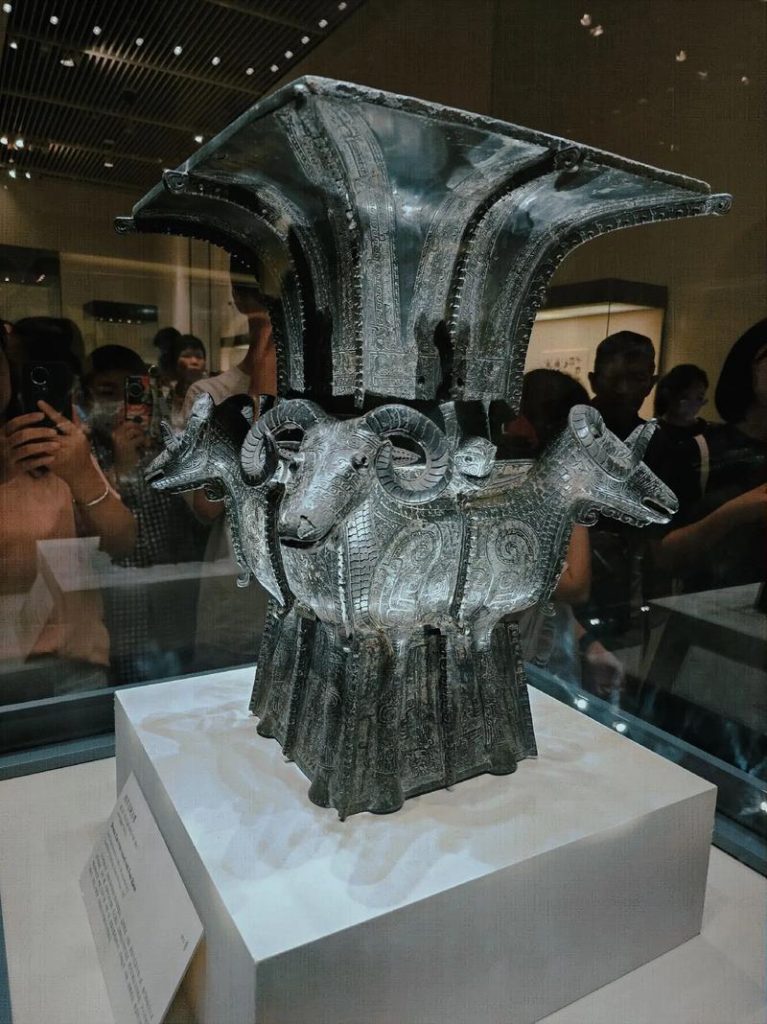
.png)